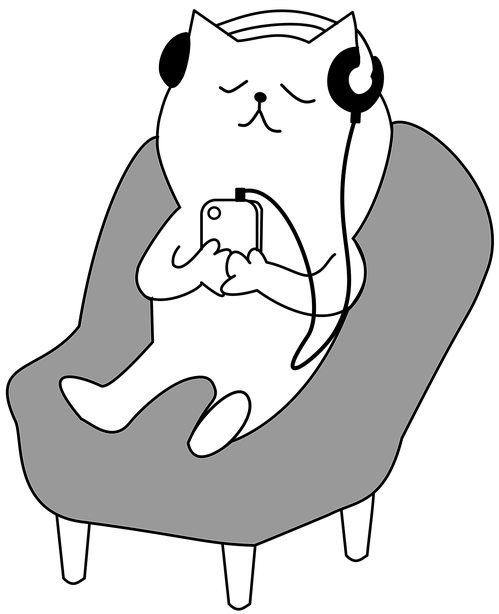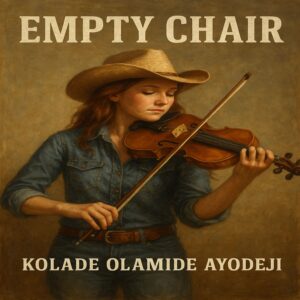By FRANK WHALLEY
More by this Author
As a child, Cyrus Kabiru made spectacles to imitate the ones his father wore. He fashioned them from bits of old wire that he twisted into shape.
The habit stuck and, as an adult artist looking to do something new, he turned back the clock to come up with an old trick…and in 2007 began what was to become his range of trademark C-Stunners—glasses made from found objects and scrap metal—and sold them for just $5 apiece.
They appealed to collectors who seemed to like the combination of a fun thing made from recycled materials and 200 pairs later, with his glasses in private and museum collections worldwide, one pair was knocked down at auction for $20,000.
Next he adapted the principle of repurposing scrap to make his now-famous bicycles (a perfect pun on recycling). They too were a huge success and he has seen them snapped up from New York to Cape Town.
He has exhibited only 15 to date but again that magical figure of $20,000 was achieved, thanks to a private collector in South Africa.
And now Kabiru is again reaching back into his childhood to produce a new range of sculptures, as he goes gaga over old, trashed radios.
Advertisement
He used to listen to the radio in the home of his grandfather, in Gikunguru Village, Murang’a, Kenya, as family members clustered around the set to listen to the BBC.
“It is how we found out what was really going on and that station gave us an outlook on the world,” he recalled.
”We heard about events in London and New York—there was no television for us then—and it opened our eyes to what was happening.”
Eventually he inherited one of his grandfather’s radios—SW and MW, no FM—and decided to celebrate his childhood in the way he knew best; by taking scrap radios and other found objects and turning them into works of art.
Inventive, quirky and above all fun, they are already selling for around $500 each…so how long will it be before they begin to hit that $20,000 mark?
In them, the artist’s penchant for visual puns continues apace. One of the radios Features a set of bathroom taps on top…programmes on tap, it suggests, except that for Kabiru it is important that the radios no longer work.

‘Radio with taps’ by Cyrus Kabiru. PHOTO | FRANK WHALLEY | NMG
“If it functions, its value goes down for me,” he explained. “I want people to look at them and enjoy them purely as works of art, by separating the sight of them from the sound.”
It is tempting to compare Kabiru, with his C-Stunners, bicycles and rebuilt radios, with the Dada movement, which in the early 1900s saw such artists as Marcel Duchamp, Jean Arp and Max Ernst stripping common objects of their function and presenting them as art, so sticking a finger up at the conventions of the art world and by extension at the pretensions of polite society generally.
The classic example of Dada—French for “hobby horse”—was Fountain by Duchamp, who signed a urinal and stuck it on a plinth to give as much offence as possible to the sensibilities of other artists, critics and collectors.
Kabiru has not got around to elevating a toilet to a work of art, although there is no guarantee that is not on the cards.
The intention of the Dadaists was to cause outrage. Yet Kabiru’s is a gentler approach, repurposing his bits and pieces not to give offence but pleasure; to provoke not outrage but, if anything, an awareness of how the commonplace can transcend its purpose and, by being deconstructed and then rebuilt, radiate a beauty of its own.
To some, his pieces have become advertisements for the value of recycling and totems of “sustainability”; that must-have, catch-all word beloved of NGOs.
For me, they remain a commemoration of the artist’s childhood and his own creativity.
Still only in his mid-30s and a professional artist for 11 years, Kabiru has moved his studio from the noise of Nairobi to the peace of Njomeko Village in Thika, some 40 kilometres northeast of the city.
There he works with three pupils who are also using recycled materials. George Kamiti makes costumes from junk, John Ndumia fashions wall clocks from discarded plates and wires, while Faith Wambui stitches with string and wire to create hanging sculptures.
Kabiru’s radios were first exhibited at the One-Off’s satellite space in the Rosslyn Riviera Mall, Nairobi, together with one of his bicycles, as part of the gallery’s recent sculpture extravaganza called Form.
Now a show of up to 30 of his radios is planned for next February in a private gallery in Cape Town, a city that has always been kind to Kabiru and his work.
It was there that one of his bicycles was exhibited in the prestigious Zeitz museum, which has also bought 25 pairs of his C-Stunner spectacles plus 25 photographs of people wearing them.
Meanwhile, he has around 10 radios still to make for his upcoming exhibition, each original and, importantly, each one celebrating the sound of silence.





